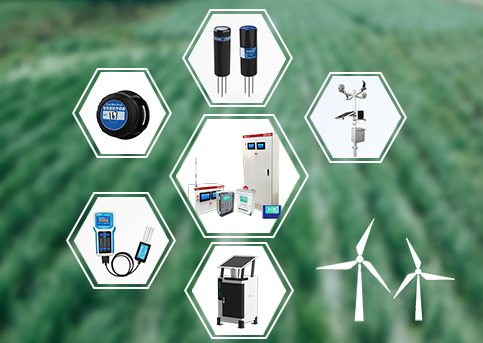
Application of Smart IoT Agriculture
Smart agriculture refers to the use of the Internet of Things solution when using agricultural practices.

Smart agriculture refers to the use of the Internet of Things solution when using agricultural practices.
Smart agriculture refers to the use of the Internet of Things solution when using agricultural practices. So, what do we mean by the agricultural Internet of Things? Well, it uses agricultural smart sensors to conveniently collect machine and environmental indicators. This helps farmers make informed decisions and improve all aspects of their work, whether it is crop planting or livestock.

1. Greenhouse automation control
Generally speaking, the greenhouse environment is controlled through manual intervention. By using agricultural IoT sensors, farmers can obtain accurate real-time information about greenhouse conditions (such as temperature, lighting, soil conditions, and humidity). The weather station can adjust the conditions to automatically align with the given parameters. Greenhouse automation mostly operates on the same principle.
2. Meteorological monitoring
The most prominent smart agricultural gadget is considered a weather station, which combines multiple agricultural sensors. They can effectively collect various data from the entire environment and transfer it to the cloud platform. The measurements provided by these weather stations can be used to map climate conditions, select relevant crops, and promote precision farming.
3. Crop management
Another important precision agriculture element is crop management equipment. They can be placed across the field like a weather station. Once established, they can collect data specifically needed for crop planting. It is effectively used to collect all key data such as temperature, leaf water precipitation and overall crop health. Therefore, it becomes very convenient to monitor crop growth and find any abnormalities that may damage yields in any way: if detected earlier, they can be prevented.
4. Agricultural drones
One of the most promising advancements in agricultural science and technology is the introduction of agricultural drones into smart agriculture. These drones are also called unmanned aerial vehicles (unmanned aerial vehicles). Some people even believe that these drones are even more suitable for collecting agricultural data than satellites or airplanes. Not only do they master surveillance capabilities, they can also perform various tasks to replace human efforts. These tasks include preventing infections and pests, planting crops, crop monitoring, agricultural spraying, etc.